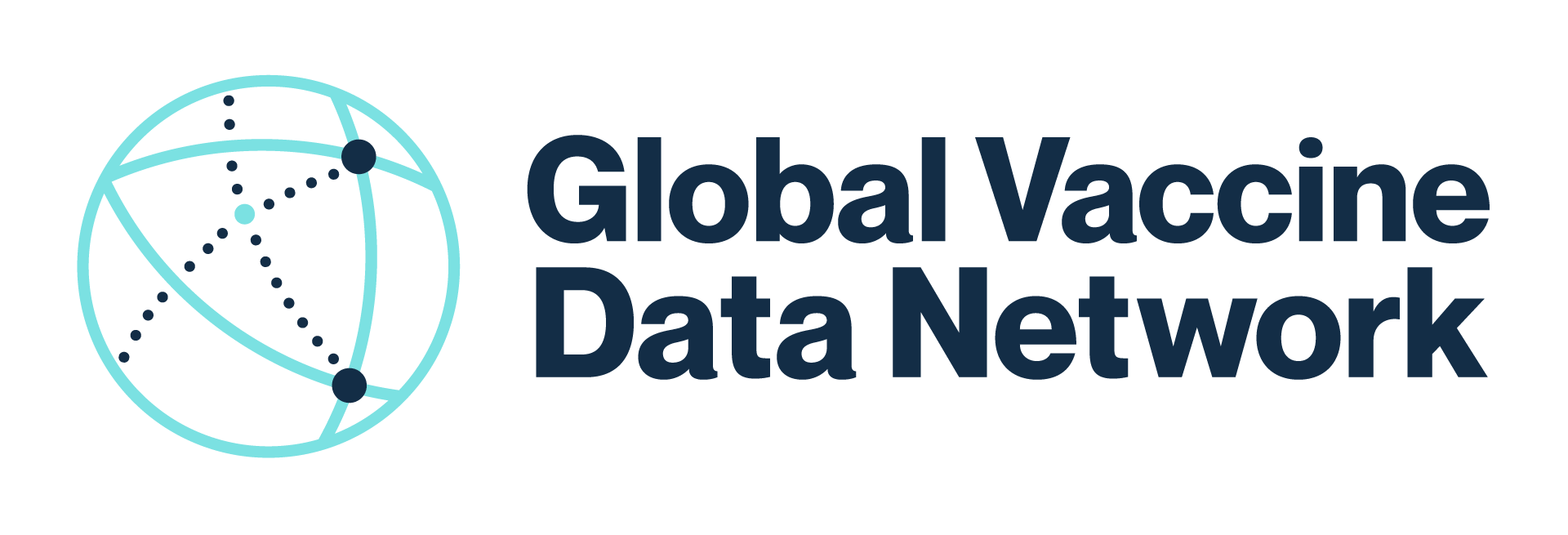Join Roland Pease and Helen Petousis-Harris on the BBC Science in Action podcast as they discuss the GVDN observed versus expected rates study recently published in the journal Vaccine. The study included 99 million people (over 23 million person-years of follow-up) from 10 collaborator sites across eight countries. Pre-established safety signals for myocarditis (inflammation of the heart muscle) and pericarditis (inflammation of the thin sac covering the heart) after mRNA vaccines, Guillain-Barré syndrome (muscle weakness and changed sensation (feeling)), and cerebral venous sinus thrombosis (type of blood clot in the brain) after viral vector vaccines were identified. Possible safety signals for transverse myelitis (inflammation of part of the spinal cord) after viral vector vaccines and acute disseminated encephalomyelitis (inflammation and swelling in the brain and spinal cord) after viral vector and mRNA vaccines were also identified. So far, these findings have been further investigated by the GVDN site in Victoria, Australia. Their study and results are described in the accompanying paper.
Results are available for public review on GVDN’s interactive data dashboards.
Observed versus expected analyses are used to detect potential vaccine safety signals. These studies look at all people who received a vaccine and examine if there is a greater risk for developing a medical condition in various time periods after getting a vaccine compared with a period before the vaccine became available.
This project is supported by the Centers for Disease Control and Prevention (CDC) of the U.S. Department of Health and Human Services (HHS) as part of a financial assistance award totalling US$10,108,491 with 100% percentage funded by CDC/HHS. The contents are those of the author and do not necessarily represent the official views of, nor an endorsement by, CDC/HHS, or the U.S. Government. For more information, please visit cdc.gov.
